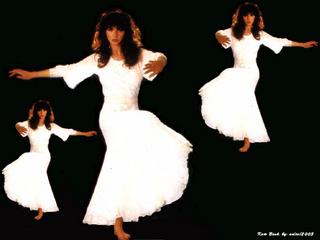
Overheard Overhead was the final show at the Vestry staged the bleak mid winter of February 1997. Having turned my back on all things Film CO-OP some six years before I was nonetheless working with a form of what might be called expanded cinema. In Overheard Overhead however the whole apparatus of lens-based projection is abandoned in favour of a “lens free” moving image practice with all the surfaces of the exhibition space becoming a continual screen.
The idea behind the piece was partly inspired by walking through Leicester Square in the early evening when one could hear a mass of birdsong coming from the branches above but not actually see any of the feathered singers. In a continual quest to make the audio visible and vice versa I experimented with a circuit that produced changes in light intensity between four bulbs synchronised to the rising and falling birdsong. Using the lights to cast shadows on branches produced a network of overlaid filigree patterns that in some way seemed to visualise and plot the intricacies of melody and communication.
These patterns were projected onto walls floor and ceiling, creating a sensation of walking inside the sound. The birdsong’s volume inside rather than out also worked a reversed non-diegetic effect with off stage (in the wings so to speak) becoming centre stage.
The branches were suspended from the high ceiling, the windows blacked out and the lights and speakers installed. The card for Overheard Overhead was printed for £35 by the dubious Alpha printers. Dubious because they were clearly a front for something, as no printing ever seemed to be taking place at the works and the door was always opened with great reluctance. The private view aided as ever by copious amount of gin supplied free by Gilby’s was a success and more importantly the piece seemed to accomplish the mix of menace and romantic sublime I was seeking. As ever attendance at the sub zero Vestry throughout the course of the exhibition was small but appreciative, boosted when Time Out printed a review.







